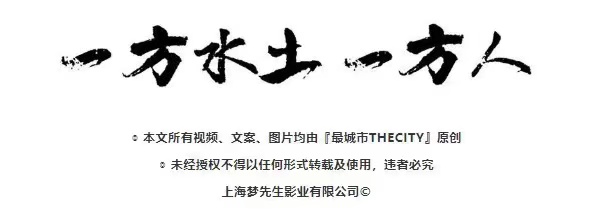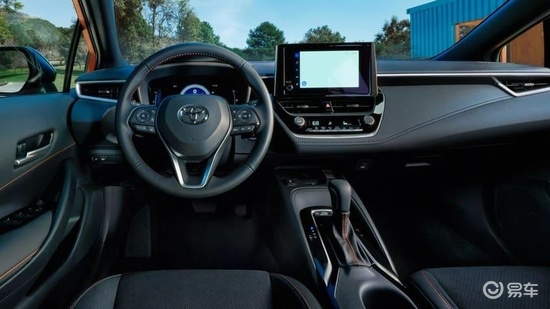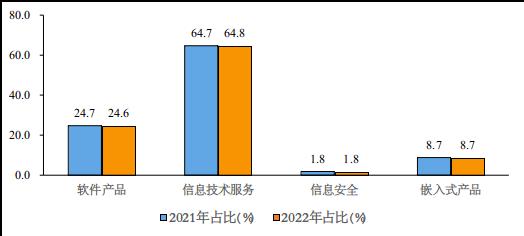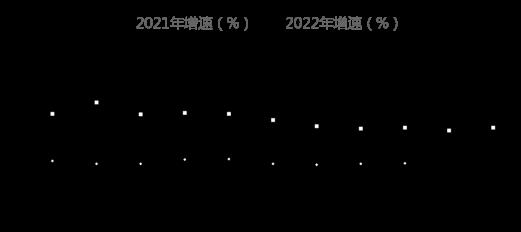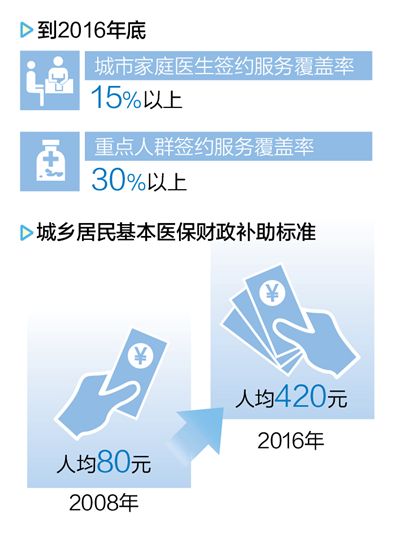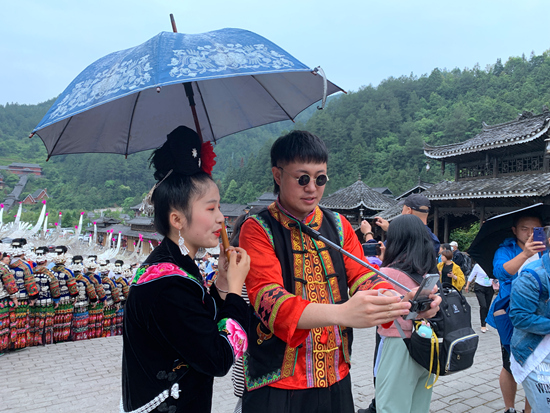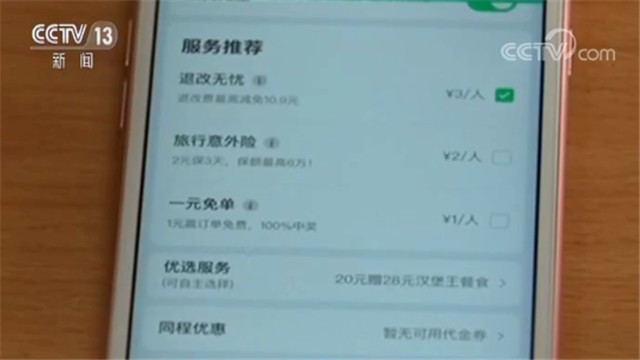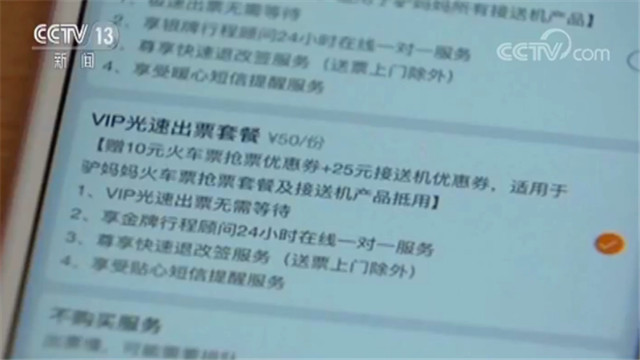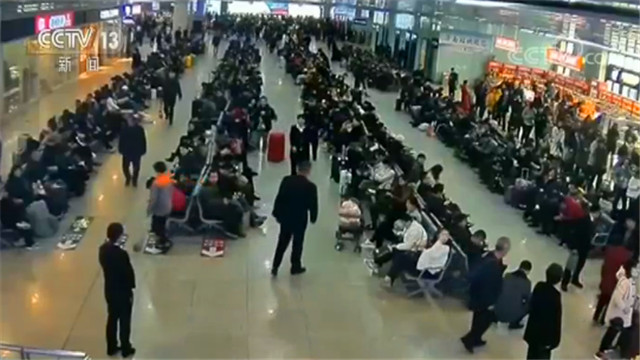
This is the second city deeply excavated by "the most city THECITY"
long time ago
Drinking is a very interesting thing.
Singing to wine, life geometry
Do your best to maintain the interests without entanglement.
A lively scene of wine and ear fever
Only the feelings that are all in the wine are deep and righteous.
Like yellow rice wine just brewed, it tastes rough.
Over the years, it has become more fragrant and mellow.
This is gentle and elegant, which belongs to yellow rice wine.
Yellow rice wine has ruled China drunkards for thousands of years ~
As one of the three ancient wines in the world.
China’s unique and oldest wine old online celebrity.
Its scenery history far exceeds that of liquor, and there is a poetic cloud:
"The price of yellow rice wine rises when you buy it, and the price of white wine rises when you buy it cheaply."
Maybe Maotai at that time was just drinking excitement.
Chinese wine despises the non-mainstream at the bottom of the chain
(ps. The real popularity of liquor was after the founding of the People’s Republic of China)
And the unique brewing conditions that cannot be reproduced.
It also makes Japanese people who love wine unable to copy the same Shaoxing wine so far.
Even the brewing of sake in Japan borrowed from yellow rice wine.
The unique brewing technology is a model for the oriental brewing industry.
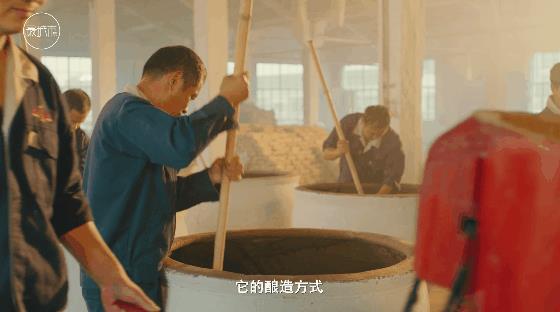
Traditional brewing technology of yellow rice wine in China;
Soaking rice, steaming rice, drying rice, fermenting in vat, raking, fermenting in jar, frying and packaging.
In this issue, we went to Shaoxing Ke Qiao and visited the only one in China.
Tapai Yellow Rice Wine Winery Insisting on Hand-brewing Yellow Rice Wine
I chatted with Mr. Pan Xingxiang, a master of non-legacy winemaking.
Past lives’s love and hate, the true meaning of the "former national wine" yellow rice wine
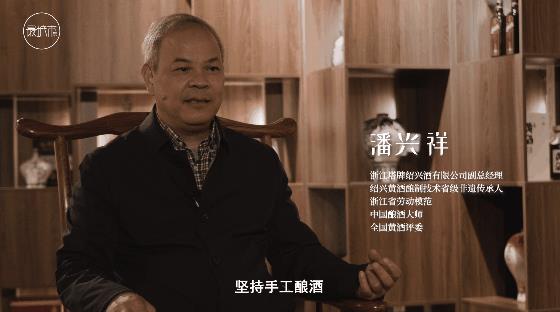
1.
Drive into Hutang Town, Ke Qiao.
I smelled the aroma of the old wine.
Stepping into the winery, rows of old jars piled up like the Great Wall.
"Old wine is made of glutinous rice, and it becomes nou nou (pig) after drinking it."
This nursery rhyme, which is about to be lost, has been engraved into the DNA of several generations of Shaoxing people.
I always remember a little girl with a croissant braid.
Playing with friends, catching chickens and jumping with rubber bands.
Through the old Shaoxing winery, playing in front of the old altar …

There is a very interesting word in this nursery rhyme: "nou nou nou"
It is not only a nickname for children, but also describes the state of drinking old wine.
Zhou Zuoren used "pork" in his essays.
To indicate "nou nou" means a comfortable and happy state.
Perhaps this is the most appropriate impression given by Shaoxing yellow rice wine.
Liquor is spicy and dry, while beer is bitter and bitter.
The entrance of yellow rice wine is sweet and waxy, and the throat is warm and moist.
Not strong or light, mellow and long, comfortable and harmonious.
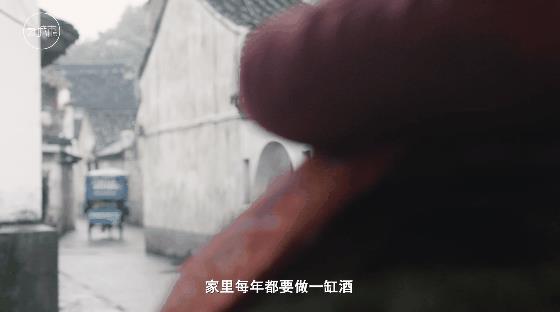
2.
Yellow rice wine is often called "old wine" and "Shaoxing wine"
Old wine permeates the history of ancient Vietnam.
When Gou Jian, the King of Yue, endured humiliation and took revenge.
Pour the wine given by the people into the river, and the whole army will drink it together
The military and civilians defeated Wu in one fell swoop, which is known in history as "the teacher who threw the mash"
The river into which wine was poured was called "Toulao River" by later generations.
Still flowing in the ancient city of Shaoxing …
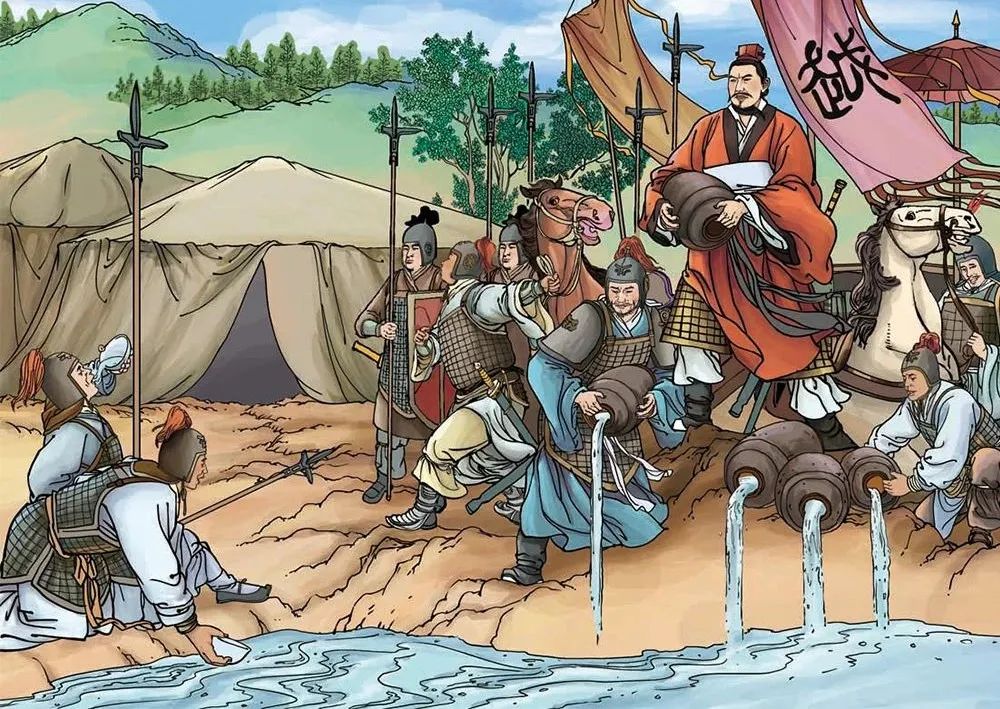
Old wine, drunken romantic figure
Without it, maybe half the sky of China art will collapse.
Settled in Shaoxing in his later yearsWang Xizhi, bring friends to bend the water and flow.
Write down "the best running script in the world" and "Preface to Lanting" while drinking.
Lu youIn Shenyuan, I met Tang Wan, the ex-wife who married someone else.
With mixed feelings, the poem "Hairpin Phoenix" was written on the wall.
"Red crisp hands, yellow wine, spring willows in the city."
Every inch of acacia turns into that "cup of sadness"

Yue Opera Lu You and Tang Wan
Huiji BrewmasterHe Zhizhang, with poetry fairy.li poregret we didn’t meet sooner
Do not hesitate to trade scarabs for wine, and get drunk for a good time.
The originator of freehand brushwork of flowers and birds that influenced Qi Baishi.Xu WeiExchange paintings for drinks.
Life "don’t envy the emperor, don’t envy immortals, drinking is better than living immortals"
Jianhu Nvxia in the Republic of ChinaQiu Jin, "Diao Qiu for wine is as good as Hao."
There are also people written in wine.Lu Xun, every meal will be wine.Cai Yuanpei
Drunk in the yellow wine bathtub, let go of the drinka surnameandlin qingxuan

Gu Long: "Love is not the taste of wine, but the friend when drinking."
The story soaked with yellow wine will always taste good.
After perseverance, the pleasure of kindness and hatred, the free and easy and broad-minded literati in troubled times.
Love is not the parting from sorrow, and the bliss of drinking with your bosom friend.
The heroic ambition of the heroine, the alternative rebellion of sending affection to wine.
The ups and downs of several dynasties, the personnel wasted, all in the wine.

3.
Without Shaoxing, there would be no rice wine.
Shaoxing gave yellow rice wine a unique soul.
As one of the oldest wines in the world.
Yellow wine, beer and red wine are also called the three ancient wines.
In the Shang and Zhou Dynasties 3,000 years ago,
Chinese created the complex fermentation method of distiller’s yeast and began to brew a large number of yellow rice wine.
Yellow rice wine has a wide producing area and many varieties, and Shao Huang is the most famous one.
Pan Xingxiang, an intangible winemaker at Tapai Winery, told us
The ancient handmade yellow rice wine has to go through at least one year of wind and rain.
Make wine medicine in summer and wheat koji in autumn.
Brewing in winter, pressing and frying in spring.
The "meat of wine" glutinous rice and "bone of wine" wheat koji in yellow rice wine.
"The blood of wine" is the water of Jianhu Lake, and the three are indispensable.

Jianhu water rich in trace elements
The content of "strontium" is much higher than that of ordinary water bodies.
Shaoxing is the only one of Jianhu water for brewing yellow rice wine.
Whether it is Chiang Kai-shek who brought rice wine to Taiwan Province
Or a foreign winery or a Japanese winemaker
Even with the introduction of Shaojiu koji imitation
Can’t brew a wine comparable to Shaoxing wine.
Japanese who love yellow rice wine drink old wine and now only import it from Shaoxing.
The most important reason is that they don’t have Jianhu water.
Jianhu water comes from Shaoxing, and Maolin Xiuzhu in Huiji Mountain area.
The water is clear and rich in minerals.
Plenty of rain can ensure high purity all the year round.
Good water makes good wine, Shaoxing yellow wine nourished by Jianhu water.
The flow is empty and bright, and the color is like amber.
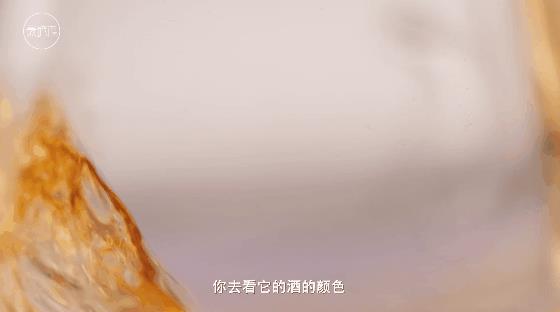
Besides good water, the season of brewing is also very important.
Traditional handmade yellow rice wine follows the principle of one winter and one brewing.
"The son should be his own, and the old wine should be brewed in winter."
From beginning of winter to beginning of spring in the following year.
Shaoxing people call this process of brewing yellow rice wine "winter brewing"
Qing "Zunsheng Eight Notes" cloud:
"beginning of winter, water phase; Winter solstice, water flourishing; Beginning of spring, Shuixiu … "
Winter is the most beautiful and best season for water quality.
The temperature is low, and miscellaneous bacteria can’t survive.
With less rain, the clear Jianhu water is of better quality at this time.
This slightly sweet lake with good water makes it "more wine in the world"
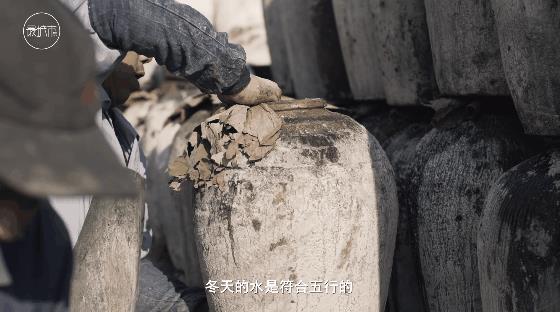
The ancient wine-making rules conform to the weather.
The drinking criterion is also based on the valuable practical experience of the people for thousands of years.
Yang dominates in summer and Yin dominates in winter.
Pay attention to Yin and Yang in Chinese in the cold winter.
Brewed Shaoxing wine, which is good for warming the yang.
Let your body "balance yin and yang"
Through a cold winter, it is for the unity of man and nature.
It is said that Deng Xiaoping is 85 years old and still insists on a glass of yellow wine every day.
4.
Yellow rice wine is the wisdom about water, time and life.
It is a low-key, but essential golden supporting role on the dining table.
Pan Xingxiang, the winemaker of Tapai yellow rice wine, has been making wine in three generations.
He said that when I was a child, my family would cook 50 kilograms of wine every New Year.
"Borrow bottles of wine on credit, and there is wine in the pot to keep customers."
"There is no wine at home. This is a pity for the guests."
Yellow rice wine is indispensable for the welcome and delivery in life.
Yuanxiao wine, shaving wine, Dezhou wine, house wine, birthday wine …
Warm drink for health, cool to relieve summer heat, add flavor with meals, and stir-fry into wine.
In this life, sooner or later, Chinese will meet with warm yellow rice wine.
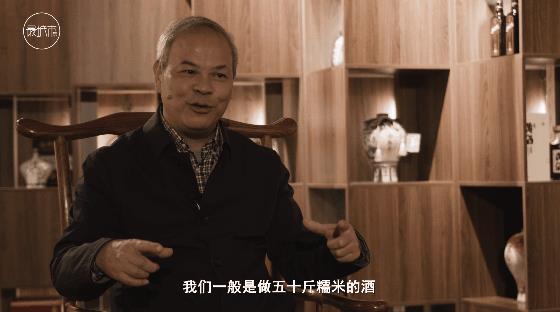
"Old wine and preserved duck add, new wine and dried bean curd"
At the dinner table of Shaoxing people, there is a match between food and wine comparable to that of the West.
For example, among yellow rice wine, Yuan red wine is the most refreshing.
Suitable for cold dishes such as vegetables and jellyfish.
Rice wine is rich.
It is the number one CP for all kinds of meat and hairy crabs.
Sweet good wine, fragrant snow wine
It is the best partner of chicken, duck and beet.
The delicious food created by yellow rice wine is drunk shrimp and crab.
Can always subtly neutralize the coolness of lake crab shrimp
Distiller’s grains, residue left after brewing yellow rice wine
It is also often used by water people to make bad things, bad chickens, ducks and geese.
There is alcohol in the salty and fresh food. Chew it carefully and don’t have a flavor.

Bad food began more than two thousand years ago.
Follow us and check out the previous issue of "Shaoxing Goose"
5.
Long ago, drinking was a very interesting thing.
Singing to wine, life geometry
A dish of fennel beans, two or three friends, and several jars of old wine.
Now it has been stirred up by some people.
Be forced by the situation and show courage.
There is less truth in the wine.
Pua, the wine table, fell to no solution after some controversy.
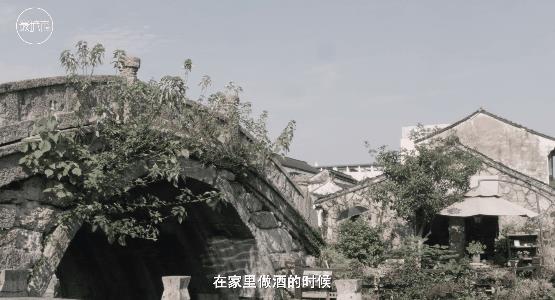
"Peach, plum, spring breeze, a glass of wine, the night rain in the rivers and lakes for ten years."
I like these two poems very much, and I have no interest in them.
Try your best to maintain the lively scene of being drunk and hot.
Only the ten years of being in wine have deep feelings and heavy meanings.
Just like yellow rice wine, it tastes light and rough.
With the passage of time, the oxidation of wine body
Over the years, it has become more fragrant and mellow.
This is a gift of time, a gift of soil and water.
It is also a gentle and elegant rice wine, and it is easy.
Well-preserved jar-packed yellow wine has a long shelf life.
The same is true of the long-lasting love in the world.
After the fermentation of time and space, it becomes more and more precious.
Don’t drink too much, a little tipsy is better than getting drunk
May you drink just for fun.
Drunk, drunk, don’t forget the age.
Thank you for your patience. You saw the end.
The next preview of "the most city THECITY"
Nirenfa
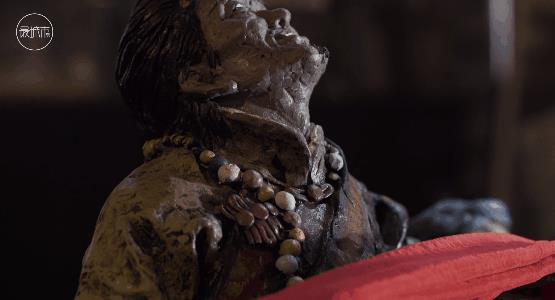
Visual | Nickname Lost Writing | Roadside Leek Banana Editor | Roadside
